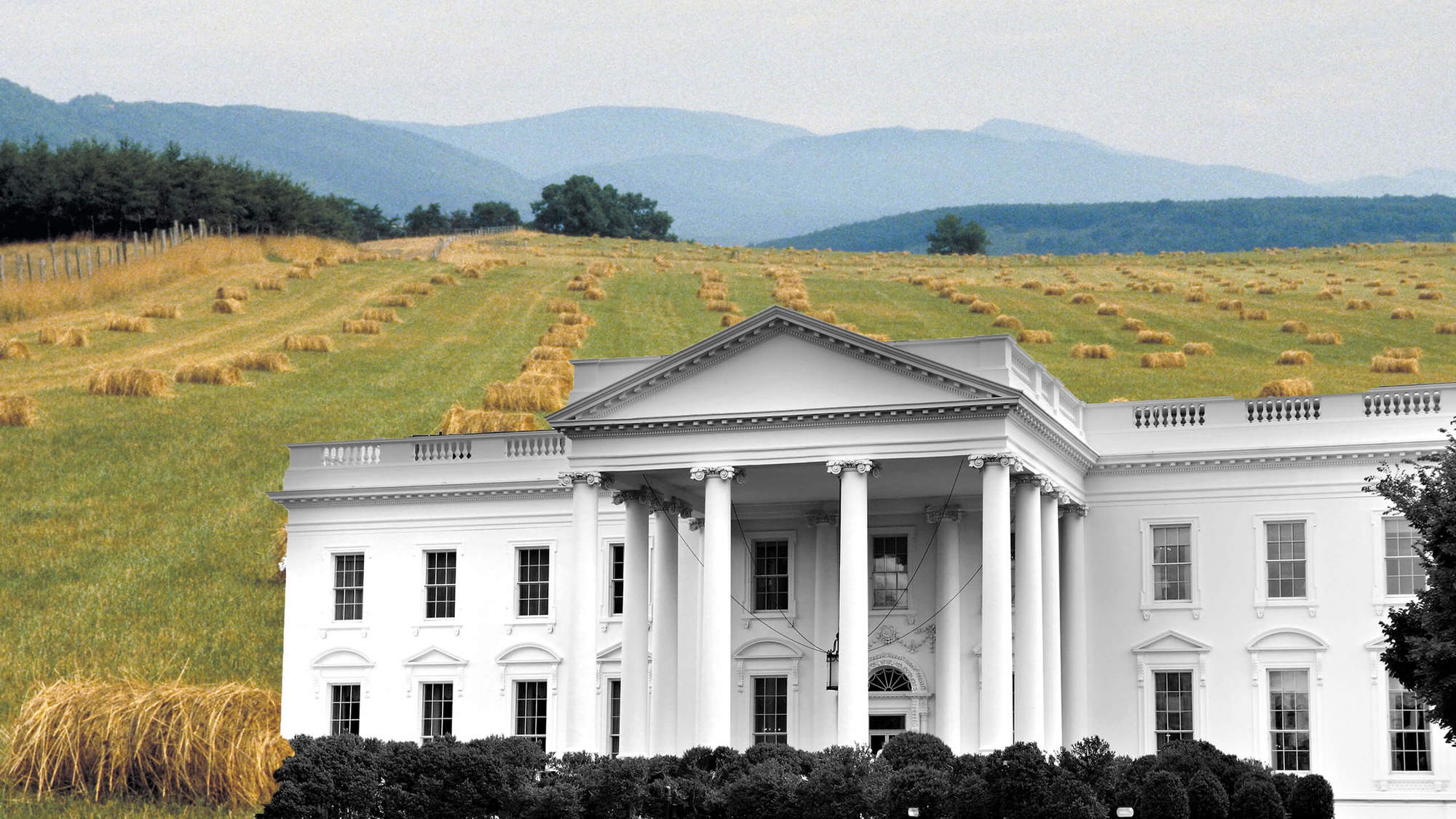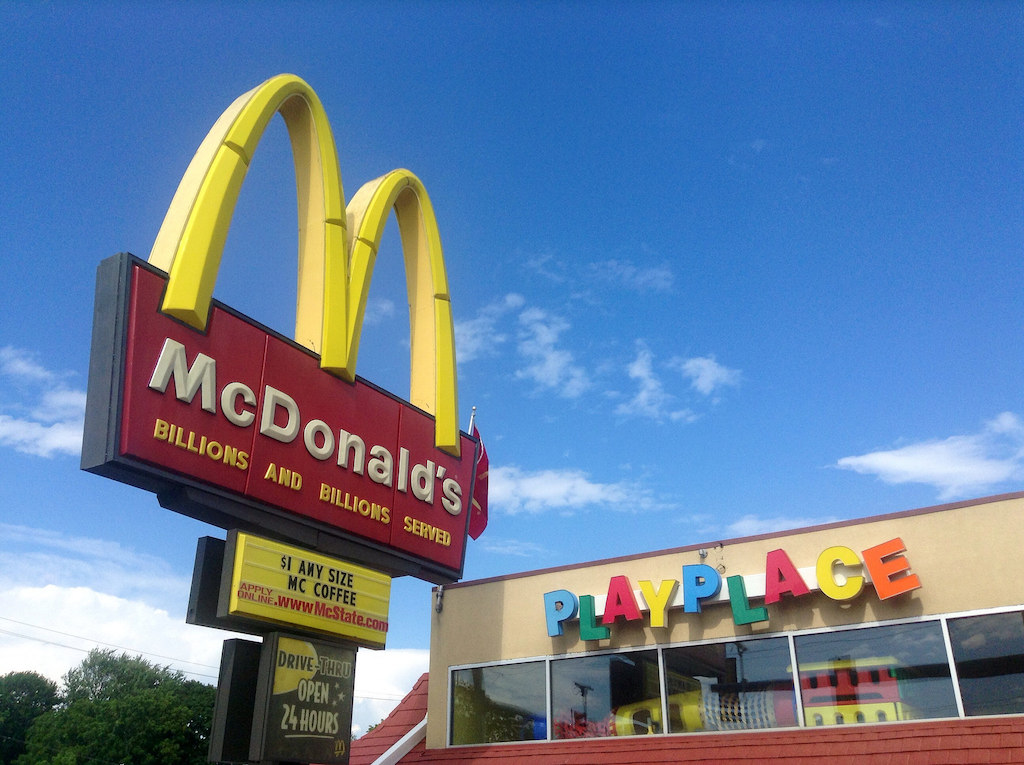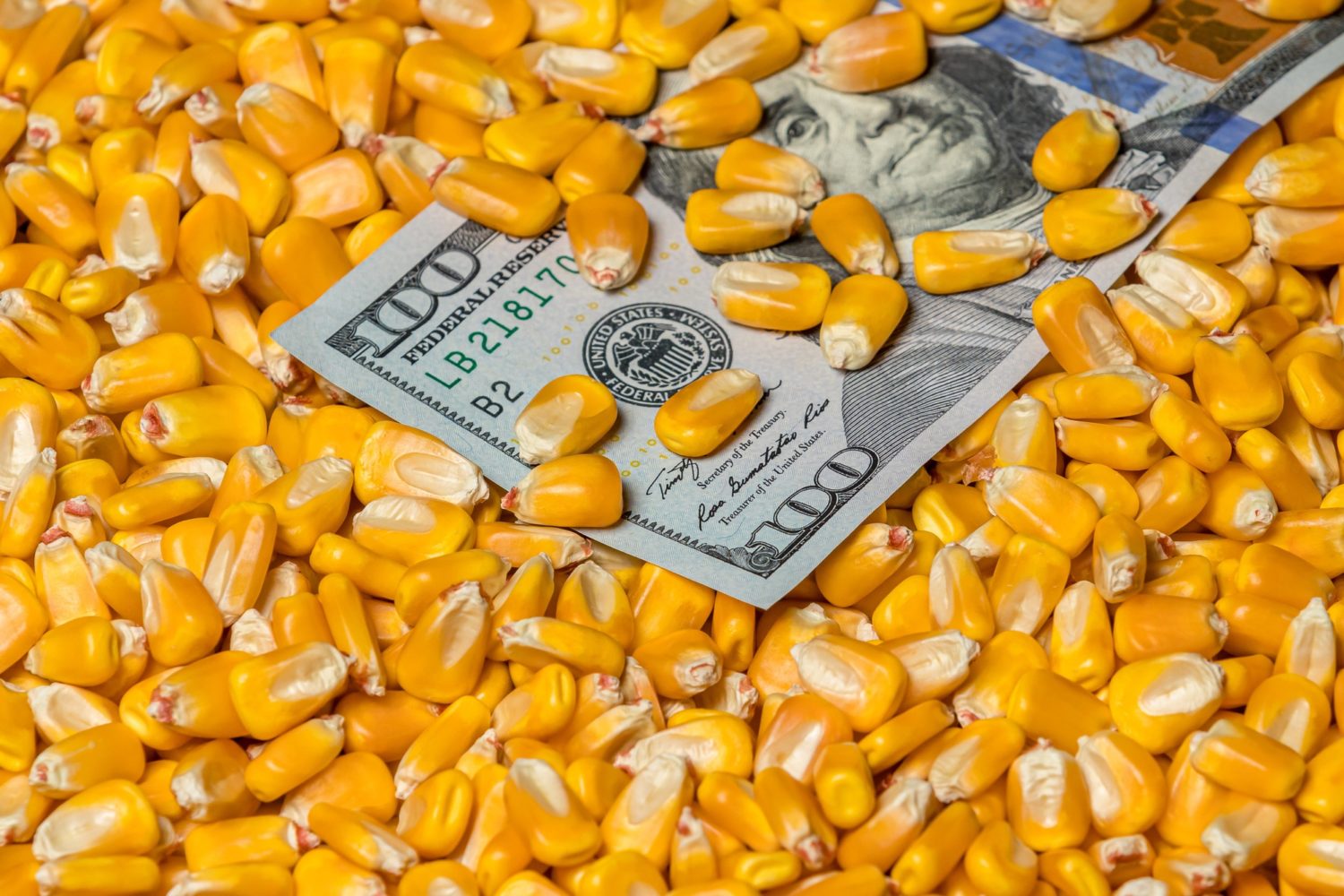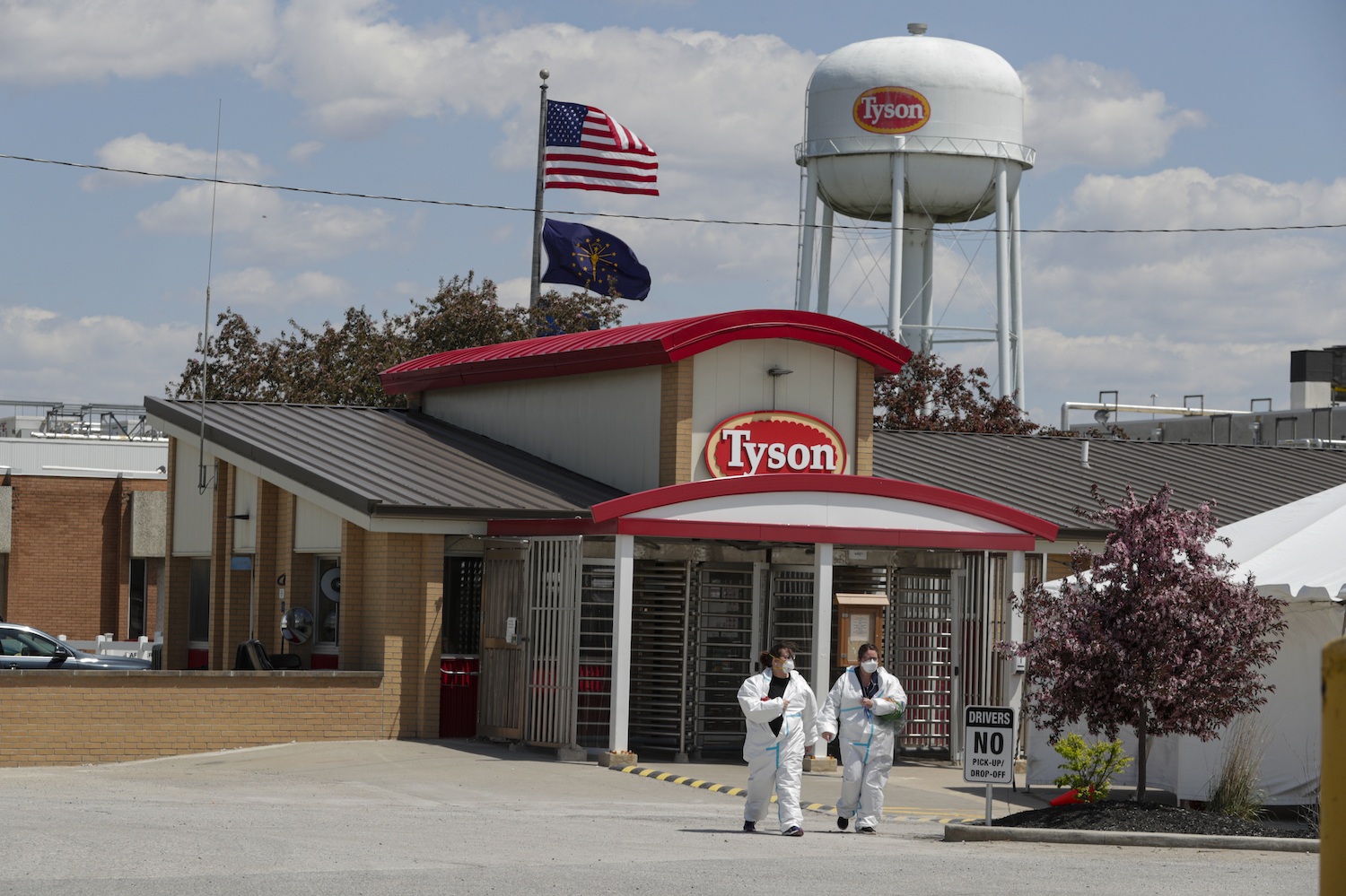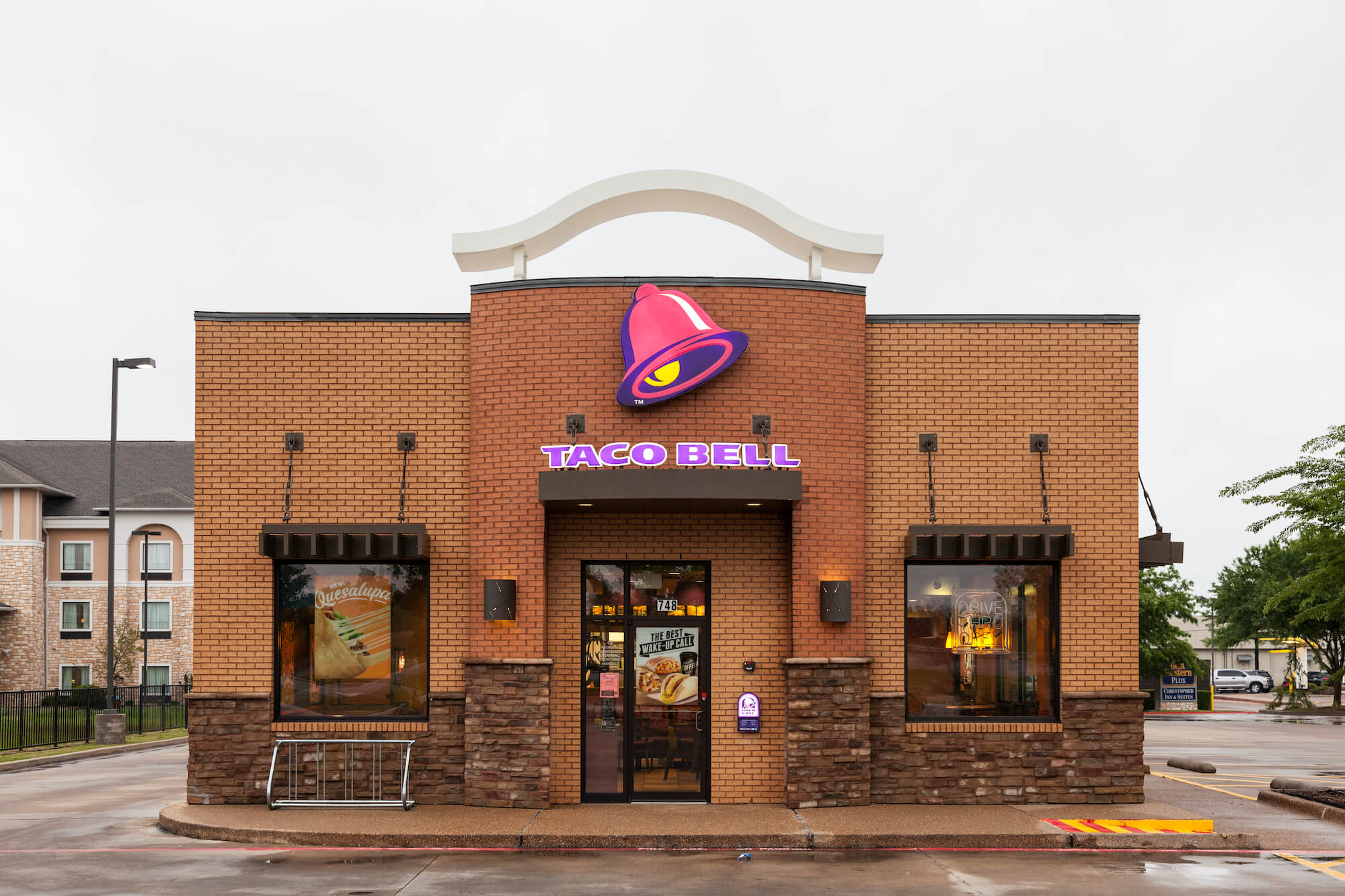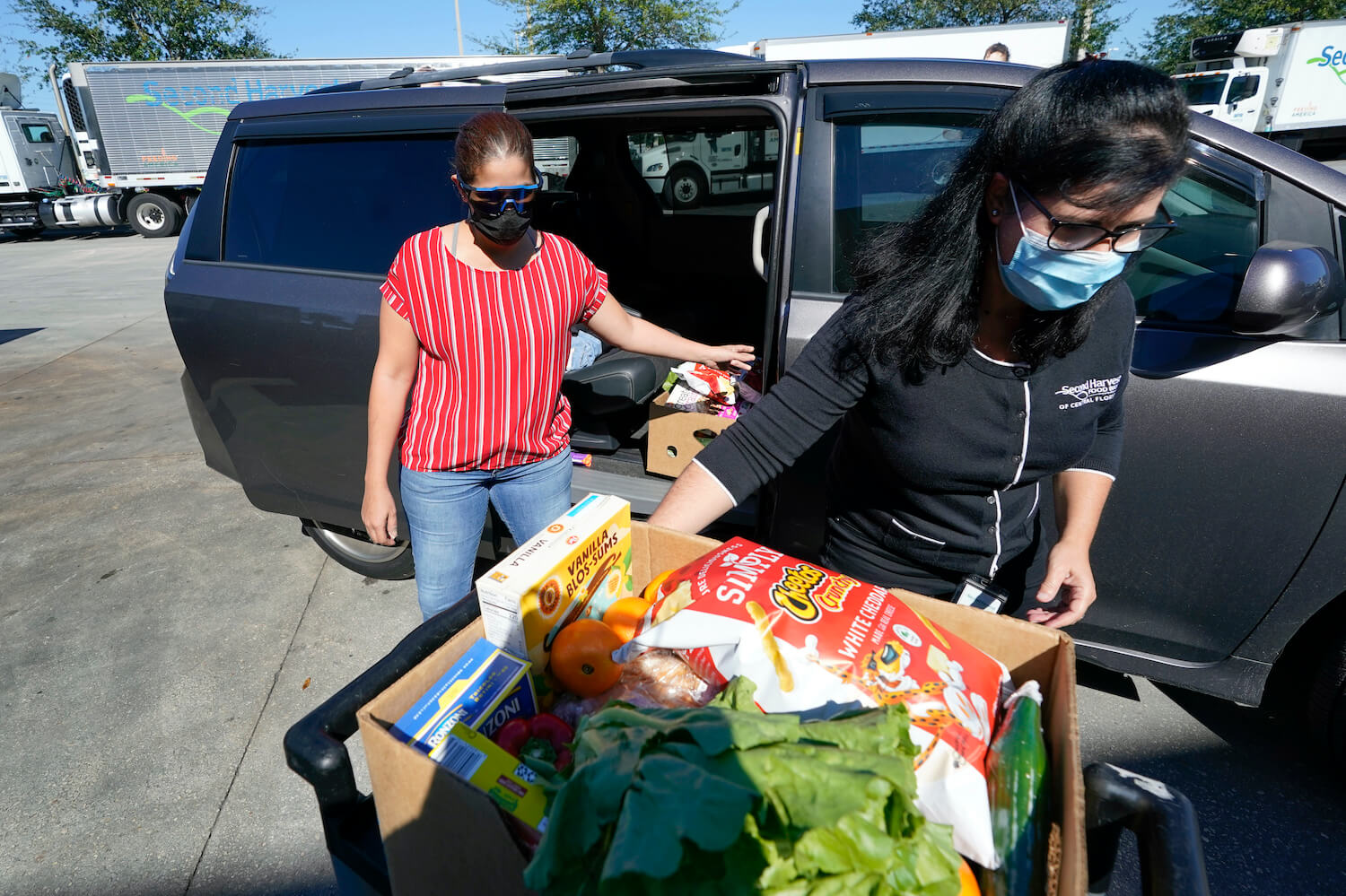
AP Photo/John Raoux
Over six months in the making, the compromise will preserve pared-down versions of some key CARES Act proposals—for a few months, at least.
After months of negotiations that led nowhere, Congress on Sunday finally came to a compromise on another round of coronavirus stimulus funding, just days before the end of the year and the expiration of many key unemployment provisions.
The marquee measures in this deal look a lot like slimmed-down versions of the CARES Act, which was passed in the spring. They include eleven weeks of expanded unemployment benefits, one-time direct payments to low- and middle-income earners, more money for the Payroll Protection Program, a modest increase in SNAP benefits, and $13 billion for farmers.
The $900 billion deal does not include liability protections or funding for state and local governments (key issues for Republicans and Democrats, respectively), and economists have already warned that the measure will not be enough for families and businesses hit hardest by the pandemic. President-elect Joe Biden and Sen. Chuck Schumer (Democrat-New York) have both said that they will push for a bigger stimulus when Biden takes office in the new year.
Here’s what the stimulus means for food and farming.
Unemployment benefits
The new stimulus package includes $300 in expanded unemployment benefits each week for 11 weeks. It’s a far cry from the $600 weekly benefits that ended in July—a temporary expansion Democrats initially pushed to extend—but the extra $1200 per month will likely go a long way in helping unemployed people pay their bills. The package also extends unemployment for a gig worker and freelancer program that was set to expire at the end of the year.
The most recent version of the new Payroll Protection Program will ensure more smaller companies are able to access a second round of loans.
Employment in the restaurant industry has not fully rebounded, even as other sectors of the economy show signs of progress. As of November, employment in the leisure and hospitality industry remained 3.4 million jobs below February figures. And now, many restaurants are closing their doors for a second time as the weather cools and Covid-19 case rates spike again. Indoor dining has been shuttered for the foreseeable future in New York City and much of California, and public health officials have warned of stricter lockdowns in the coming months.
Payroll Protection Program funding
Included in the new stimulus package is roughly $284 billion in funding for the Payroll Protection Program, a pot of money disbursed to small businesses that can be spent on payroll and rent. Though the specifics had not been released on Monday, previous versions of the bill tightened eligibility requirements for a second round of loans through the program, Forbes reports.
As we reported earlier this month, during the first round of loans, much of the money intended for small businesses went to fast food franchises with hundreds of locations. The most recent version of the new Payroll Protection Program will ensure more smaller companies are able to access a second round of loans by reducing the number of employees a business can employ and still count as “small,” from 500 to 300. It also introduced a requirement that businesses seeking high loans pass a “necessity test” by demonstrating their revenue took a hit exceeding 25 percent.
“It’s clear Congress wants to help us and we gave them a plan to do that. This legislation isn’t it.”
Congress has not closed the loophole that enabled large chains like Shake Shack to receive Payroll Protection Program dollars by allowing them to count employees at each individual location, a policy that let restaurant and hotel chains with thousands of employees receive forgivable loans. It did slightly tighten the loophole so that each individual location may not employ more than 300 people, formerly 500. The policy has been broadly criticized by both parties.
Aside from PPP, no money for restaurants
The stimulus deal does not include direct funding for restaurants aside from the Payroll Protection Program, though it does set aside some money for performance venues, some of which are also bars. “When we’ve been asked by the government to change the way we do business, our elected officials need to help us stay in business,” wrote the Independent Restaurant Coalition in a press release. “It’s clear Congress wants to help us and we gave them a plan to do that. This legislation isn’t it.”
Restaurants had asked for $120 billion in direct relief, a measure that was included in a House version of a coronavirus relief bill back in October. The money, earmarked for independent restaurants, would have supported expenses like rent, payroll, and food, with priority going to minority- and women-owned and operated establishments. Restaurant owners have argued that the Payroll Protection Program did not meet their needs because of its requirements stipulating they could not lay off any workers and because many could not reopen during the initial forgiveness period.
Ironically, the policy didn’t boost benefits for the lowest-income participants at all.
The compromise does appear to include one carveout that may indirectly benefit high-end restaurants: A tax break for so-called “three-martini lunches,” or business meals. Democrats and conservatives have both said this tax break is unlikely to save the restaurant industry.
Added SNAP benefits and other emergency food assistance measures
The compromise includes a 15 percent increase in SNAP benefits for six months and money for other nutrition programs totaling an estimated $13 billion. Earlier this year, Congress approved a measure that allowed every household to receive the maximum SNAP benefit. Ironically, the policy didn’t boost benefits for the lowest-income participants at all. SNAP is disbursed on a sliding scale, so the lowest-income households that were already receiving the maximum benefit saw no change. The new increase will bump maximum payments for a family of four from $680 per month to $782. The stimulus deal also stipulates that unemployment insurance will not be counted as income for SNAP applicants, and makes it easier for college students to qualify.
The package does not renew funding for the multibillion-dollar Farmers to Families Food Box program, already scheduled to wind down at the end of the year. Instead, it provides $400 million to food banks and $175 million for programs for seniors like Meals on Wheels.
No liability shield
To reach this agreement, each party dropped a major priority: Democrats agreed to punt on funding for state and local governments while Republicans dropped their requirement that a liability shield be included in any stimulus agreement.
The new relief measure includes funds to directly support small-scale growers and processors.
As we’ve reported before, liability shields are likely more important for businesses, schools, and nursing homes that expose customers (or students or residents) to Covid-19 than businesses that expose their workers. That’s because employee illness is largely covered under workers’ compensation laws. Without a liability shield, sick customers can continue to sue restaurants, bars, and grocery stores for negligent practice that expose them to the virus. As New York magazine points out, a liability shield would largely create a solution to a problem that does not yet exist, as lawsuits against businesses seeking compensation for Covid-19-related sickness and death have been few and far between. (The shield has been a priority for many lobbyists, per New York.)
Worker protections
The new bill authorizes the Department of Agriculture to spend money on protective measures for farm workers and establish safety standards for people who work in food processing. It includes funding for up with to $1.5 billion for food purchases and personal protective equipment, among other things. “Farm and food workers are working long hours, at enormous personal risk, to feed us,” said Scott Faber, EWG’s vice president for government affairs, in a press release. “The Biden administration must make every effort to protect these essential workers and recognize the critical contributions they make to our nation.”
Farm payments and support
The stimulus package includes an additional $13 billion in payments for farmers. That number includes an estimated $5 billion to row crop producers at a rate of $20 per acre, and up to $3 billion in payments to livestock producers, contract poultry growers, dairy farmers, and producers who euthanized animals when processing plants closed.
The first round of Covid-19 farm relief disproportionately supported large-scale commodity growers, and advocates criticized the structure of the payment plan. The new relief measure includes funds to directly support small-scale growers and processors: $60 million for small meat and poultry processors, $225 million for specialty crop growers, and funding for minorities, veterans, and beginning farmers. Additionally, Congress is setting aside millions of dollars in block grant funds to support farmers’ mental health.
Direct payments
The plan also includes direct payments of up to $600 for individuals making less than $75,000, similar to the $1200 payments disbursed earlier this year. These payments may have an indirect impact on restaurant and food spending: reporting from The Washington Post indicated that people mostly spent the first round of checks on food and gas. Restaurants reported sales jumps as the checks began to arrive—this trend could be repeated at a smaller scale in the coming weeks.

